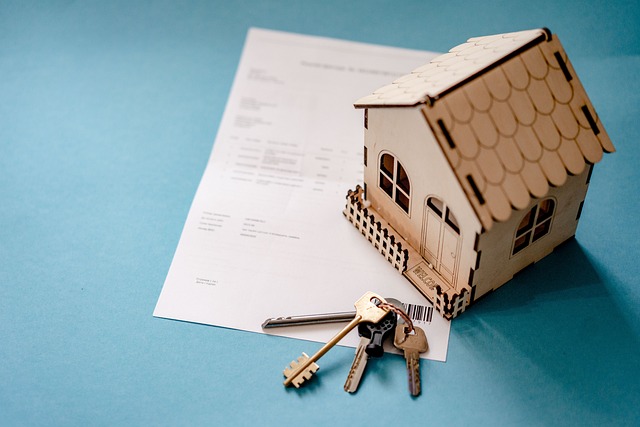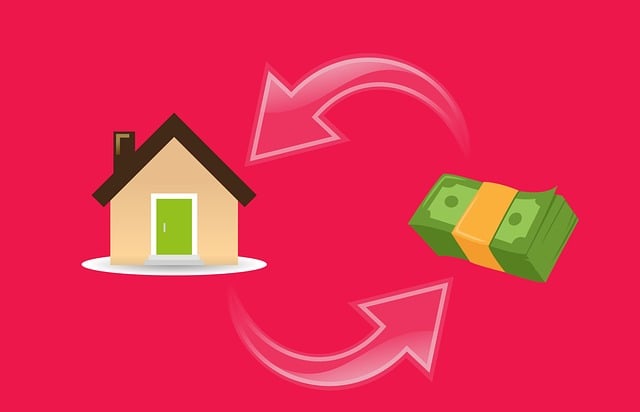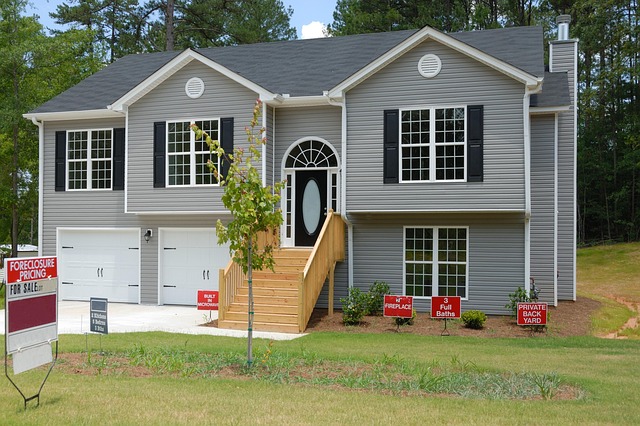Bridge lending in Colorado offers flexible short-term financing for property rehabilitation, filling the gap between acquisition and long-term funding. With lower down payment requirements, swift approval processes, and competitive interest rates, it attracts investors and homeowners looking to transform distressed properties into profitable investments or comfortable homes. However, borrowers must be aware of higher interest rates, shorter terms, and penalties, while selecting the right lender involves evaluating project scope, budget, track record, communication, and loan terms.
“Unleash the Potential of Your Property with Bridge Lending Colorado. Discover the power of understanding and utilizing bridge financing for seamless property rehabilitation. This comprehensive guide navigates the intricacies of bridge lending, demystifying its process and benefits for real estate projects. From the fundamentals to navigating risks, we equip Coloradans with insights. Learn how bridge financing accelerates renovation, maximizes returns, and offers flexible solutions. Uncover tips for selecting the ideal lender, ensuring a successful journey towards revitalized properties.”
- Understanding Bridge Lending in Colorado: A Foundation for Property Rehabilitation
- How Does Bridge Financing Work for Real Estate Projects?
- Advantages of Choosing Bridge Lending for Rehabilitation Projects
- Navigating Risks and Challenges: What Every Borrower Should Know
- Finding the Right Bridge Lender: Tips and Considerations for Coloradans
Understanding Bridge Lending in Colorado: A Foundation for Property Rehabilitation

Bridge lending in Colorado plays a pivotal role in facilitating property rehabilitation projects, providing a crucial financial foundation for investors and homeowners alike. This type of short-term financing is designed to bridge the gap between acquisition and long-term funding, allowing for immediate project commencement while securing assets with the property itself. In the competitive real estate market of Colorado, where property values can fluctuate significantly, bridge loans offer flexibility and speed, making them an attractive option for rehabilitating distressed or underperforming properties.
Lenders in Colorado offer various bridge loan programs tailored to different scenarios, including cash-out refinances, acquisition financing, and renovation loans. These loans typically have lower down payment requirements compared to traditional mortgages, enabling investors to capitalize on opportunities quickly. The process involves a straightforward application, rapid approval, and disbursement of funds, ensuring that property rehabilitation efforts can begin promptly. With competitive interest rates and customized terms, bridge lending in Colorado is an indispensable tool for turning challenged properties into lucrative investments or comfortable homes.
How Does Bridge Financing Work for Real Estate Projects?

Bridge financing, a popular option in Colorado’s real estate market, offers a temporary funding solution for property rehabilitation projects. This type of lending is designed to fill the gap between acquisition and traditional long-term financing. When investors or homeowners take out a bridge loan, they receive funds quickly, enabling them to purchase and renovate properties simultaneously. The loan amount is typically based on the expected value of the property post-rehabilitation, making it an attractive option for those who believe in the potential of a fixer-upper.
In Colorado, bridge lending provides a flexible financing mechanism for real estate projects. Lenders assess the project’s feasibility and the market value after completion to determine the loan terms, including interest rates and repayment periods. This approach allows investors to access capital swiftly, facilitating their rehabilitation plans. Moreover, it can be advantageous for homeowners looking to upgrade their living spaces without the delay associated with traditional mortgage applications.
Advantages of Choosing Bridge Lending for Rehabilitation Projects

Choosing bridge lending for property rehabilitation projects in Colorado offers several significant advantages. One of the key benefits is access to fast, flexible financing options. Bridge loans are designed to provide temporary funding while a longer-term mortgage is sought, allowing homeowners and investors to embark on renovation projects with minimal delay. This is particularly advantageous for those navigating complex or time-sensitive rehabilitation efforts.
Additionally, bridge lending in Colorado provides the opportunity to secure funding based on the projected value of the property post-rehab. Lenders assess the potential increase in property value through renovations, enabling borrowers to access more capital than traditional financing methods might offer. This can be a game-changer for those looking to fund substantial rehabilitation projects, ensuring they have the necessary resources to transform properties into vibrant, market-ready assets.
Navigating Risks and Challenges: What Every Borrower Should Know

Navigating the complex landscape of property rehabilitation financing requires borrowers to be well-informed about inherent risks and challenges. Bridge lending Colorado, a popular option for rehab projects, offers swift funding but comes with higher interest rates and shorter terms. Borrowers must carefully assess their ability to repay the loan within the specified timeframe, as extensions or defaults can lead to significant financial penalties.
Understanding the project’s scope and potential costs is crucial. Unexpected repairs or delays can strain cash flow, so borrowers should factor in contingency funds. Additionally, evaluating the property’s after-rehab value is essential for determining the loan-to-value ratio, which impacts borrowing capacity. Thorough planning and honest consultation with lenders are key to overcoming these challenges and ensuring a successful rehab project.
Finding the Right Bridge Lender: Tips and Considerations for Coloradans

When it comes to property rehabilitation in Colorado, finding the right bridge lender is crucial for homeowners looking to turn their vision into reality. Bridge lending, a temporary financing solution, offers Coloradans the capital needed to embark on renovation projects. However, with numerous options available, choosing the ideal lender requires careful consideration.
Here are some tips to navigate this process: first, assess your project’s scope and budget. Different lenders specialize in various types of renovations, so aligning your needs with their expertise is key. Next, research Colorado-based lenders who specialize in bridge financing for property rehabilitation. Look for lending institutions with a proven track record, transparent communication, and competitive interest rates. Additionally, consider the loan terms, including repayment periods and any associated fees, to ensure a lender’s conditions align with your project timeline and financial capabilities.
Bridge lending in Colorado offers a unique and valuable solution for real estate investors looking to rehabilitate properties. By understanding how this financing option works, leveraging its advantages, and being aware of potential risks, borrowers can successfully navigate these projects. When seeking a bridge lender, Coloradans should consider reputable institutions that cater to local needs, ensuring a smoother process and a solid foundation for their property rehabilitation endeavors. This comprehensive guide highlights the key aspects of bridge lending, empowering informed decisions in the vibrant Colorado real estate market.



